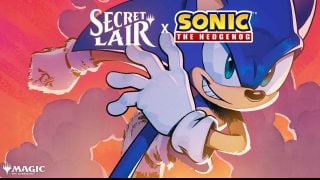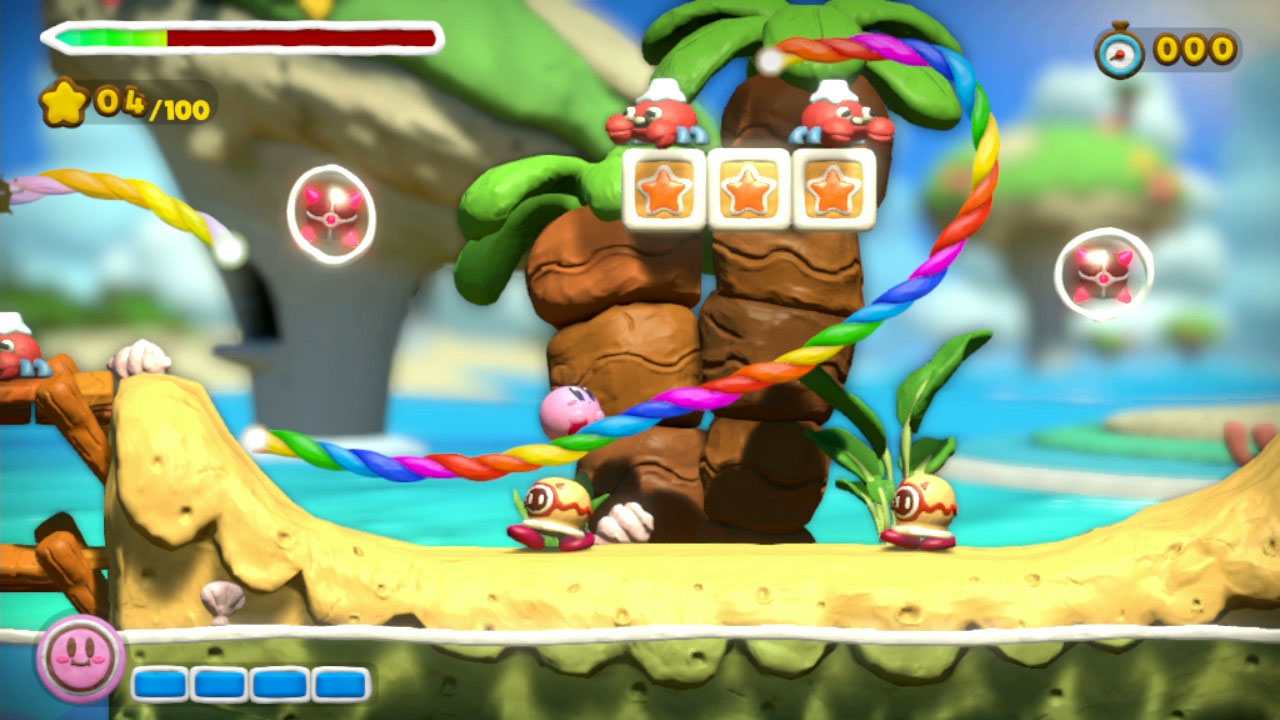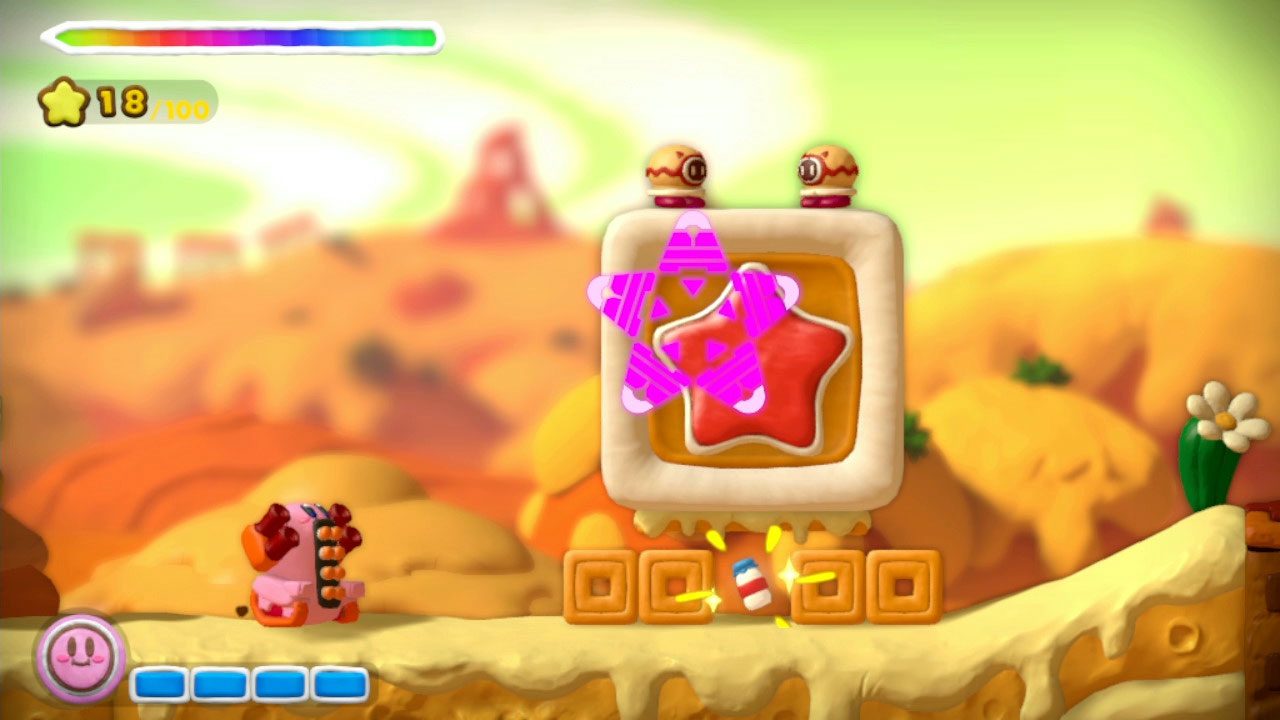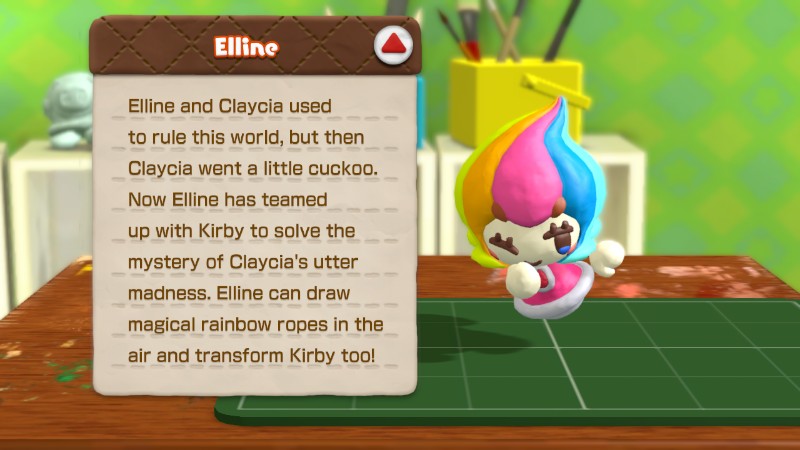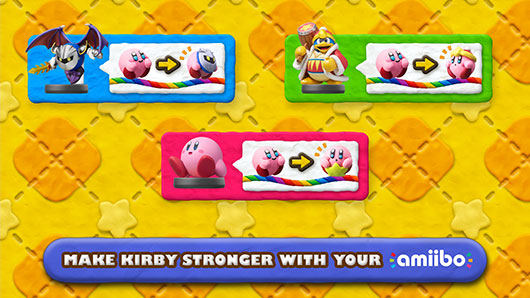As a spiritual successor to 2005’s critically acclaimed Canvas Curse, Kirby and the Rainbow Curse had a lot of inspiration to draw upon. While sequels typically try to outperform their predecessors by upping the ante and expanding on core gameplay mechanics, Rainbow Curse instead sticks to a less is more approach. It’s a return to form that places significant emphasis on simplifying scope in order to create a much more refined, polished, and accessible experience. As a result, and despite a few minor hiccups, Rainbow Curse is a tightly molded masterpiece that in many ways manages to surpass its predecessor with flying colors.
Molded with care
Without a doubt, Rainbow Curse exhibits one of the most stunningly gorgeous and impressive art styles I’ve ever seen in a video game to date. The three-dimensional polymer clay art style is nothing short of breathtaking, giving it a massive leg up over its painting themed predecessor. Small touches like fingerprint indentations or slight beveled edges where different colors meet give off the impression that every detail in this whimsically sculpted world has been lovingly and meticulously hand-molded. Unfortunately, the use of clay never surmounts to anything more than visual eye candy, unlike Epic Yarn’s masterful weaving of fabric into both its presentation and gameplay elements. It’s also a shame that you need to be glued to the GamePad at all times, as everything looks absolutely striking in high definition on the big screen.
Despite these minor gripes, the lighthearted and charming claymated tone most certainly shines through with respect to Rainbow Curse’s narrative. During a seemingly perfect day of butterfly chasing and apple picking, a mysterious portal suddenly appears in the sky and begins to drain all the color from Dream Land. Elline, a paintbrush fairy from the land of Seventopia, comes barreling out of the void in an attempt to escape imprisonment at the hands of Claycia, the villainous mastermind behind Planet Popstar’s colorless demise. Kirby, seemingly more upset that his afternoon snack has suddenly become much less appetizing, sets off to Seventopia in an attempt to once again save Dream Land from the clutches of evil, Waddle Dee and Elline in tow.
Once again, the game is exclusively played through intuitive use of the GamePad’s touch screen. Rather than having direct control over his movements, Kirby is stuck in ball form and constantly on the move, requiring precise and persistent guidance from the player through creative doodling of rainbow ropes. In this sense, mastering the various techniques to alter Kirby’s direction, launch him head first into enemies, or stop projectiles dead in their tracks remain just as integral to overcoming the game’s many platforming challenges as before. Story mode progresses much as it did in Canvas Curse, with each of its seven game worlds containing three levels and a boss fight. However, the similarities end here as many significant tweaks and changes were made to this tried-and-true formula in an effort to simplify the overall gameplay experience.
Reshaping the foundation
Most notably, copy abilities are completely dropped in favor of a trio of vehicular power-ups reminiscent of those found in Epic Yarn or the Yoshi’s Island series. While this may at first seem like a step back, it becomes immediately forgivable given how fun and varied these new gameplay elements become. With a little help from Elline’s magic, Kirby can transform into either a tank, submarine or rocket, each containing their own particular set of special abilities and nuances. Blasting wave after wave of enemies in the side-scrolling tank stages or hurriedly escaping self-destructing battleships as a rocket are just a few of the highlights deserving particular praise. Not only do these stages play well to the GamePad’s strengths, but they help shake up the monotony of the core game in new and exciting ways.
As a side effect of the omission of copy abilities, Kirby’s been downgraded to one single type of basic attack. Just like in Canvas Curse, Kirby defeats enemies by tapping his bulbous body and careening him on a collision course into his enemies. Absent, however, is the ability to stun foes or break obstacles by manually tapping them on the touch screen. This simple tweak forces the player to be much more attentive and careful with their rainbow path placements. To somewhat compensate for this handicap, each stage is littered with tiny collectible stars, often hinting at what techniques are needed in solving various platforming puzzles. Collecting 100 of these stars grants Kirby with a special spin dash move, used to break through metal blocks and obliterate enemies with ease.
All this simplification ultimately works in the game’s favor though, as it allowed the developers to come up with some truly ingenious level design concepts. Despite the relatively small roster of stages, each one features a unique gimmick that keeps things fresh and interesting. Avoiding one-hit kill pirate ghosts in a haunted ghost ship, maneuvering through slipstreams of underwater ruins and riding gondolas over lush woodlands are just a few of the innovative gameplay mechanics you’ll encounter in this roughly seven hour adventure. My absolute favorite stage involves Kirby being split in half, tasking the player with frantically switching between two balls of fluff on separate ends of the GamePad. There’s never a dull moment to be had here, with each level being that much more creative than the last.
Replayability up the Waddle Dee
As is typical with the series, those seeking more to do once the credits roll will not be disappointed. Each of the Story Mode’s main stages rewards skillful exploration, containing hidden treasure chests and collectible diary pages detailing Elline’s journey. Inside these chests are unlockable clay figures and music tracks for your personal gallery to be viewed and listened to at any time. With figure descriptions matching the humor of Smash Bros. trophies and remixed music spanning the entire legacy of the Kirby series, it’s well worth the extra effort for those wanting to immerse themselves in Kirby’s rich history.
Making up the crux of post-game content is Challenge Mode: a collection of minute long challenge rooms that require laser focus and quick thinking to overcome. Earning gold medals for all 48 of these grueling gauntlets is no easy task, pushing me to the brink of insanity on multiple occasions. More frustrating though is the fact that Canvas Curse’s Rainbow Run doesn’t make a return appearance. Revisiting story mode with alternative objectives and limitations such as time trials or paint limitations could have greatly boosted replayability, and seems an odd exclusion.
For those that find the game a bit too difficult, new or inexperienced players are given multiple options to make the game much more accessible and enjoyable. Dying one too many times prompts players with an option to completely bypass the stage and move on to the next one. Alternatively, those fortunate enough to get their hands on the Kirby, King Dedede and Meta Knight amiibo all provide their own added benefits in order to help struggling players overcome some of the game’s more challenging obstacles. The Kirby figure let’s our puff balled hero activate his star dash ability at any time without the need for collecting 100 stars. King Dedede extends Kirby’s health from four to six bars, allowing him to sustain more damage. Finally, the Meta Knight figure strengthens Kirby’s attack power, making simple work of boss battles.
Taking a page out of Return to Dream Land, multiplayer makes for a pleasantly entertaining couch co-op romp. Using the Wii Remote, up to 3 players can join in on the fun as the loveable minion turned good guy Waddle Dee, providing invaluable support to the famed pink puffball during his platforming endeavors. While I personally enjoyed playing the game solo, it more than holds up as a fun party game for family and friends of all ages.
Kirby and the Rainbow Curse marks another bright spot in the Wii U’s catalogue of fantastically delightful platformers. Its claymation aesthetic beautifully complements the charmingly quirky narrative and the focus on simplifying its gameplay mechanics allowed for more creative freedom in designing exciting and varied levels. If you loved Canvas Curse, you owe it to yourself to check out this lovingly hand-crafted sequel.
Nintendo Inquirer’s celebrating the release of Planet Robobot by hosting a string of celebratory Kirby articles commemorating previous titles in the series. Have a look at our Kirby appreciation article to get a glimpse of all that is wonderful and unique about our favorite pink puffball!
Leave a Comment